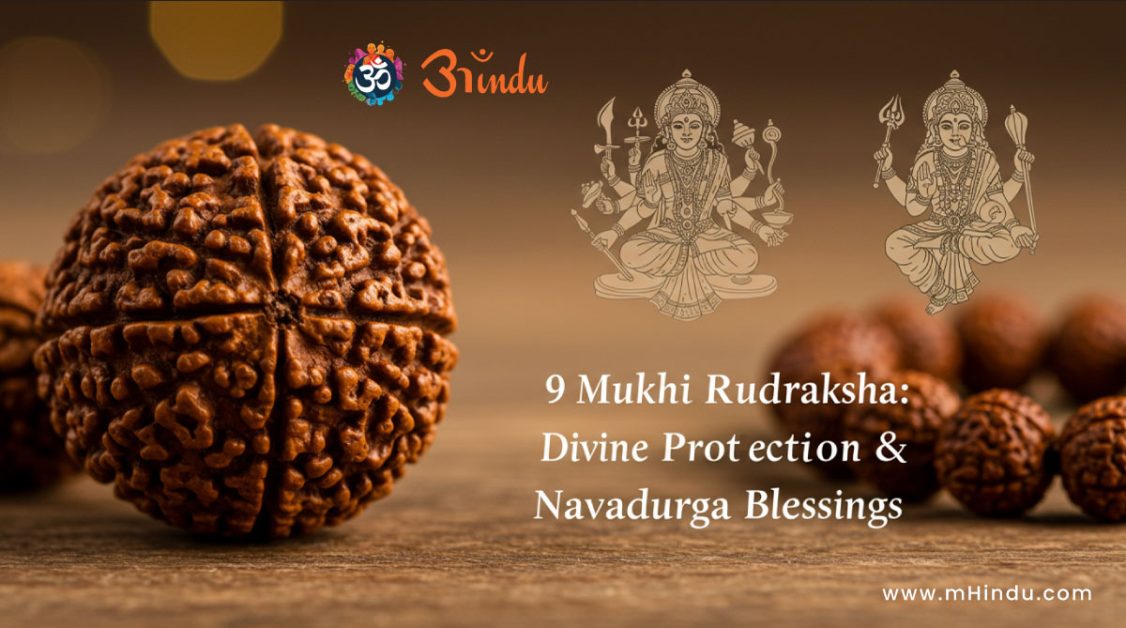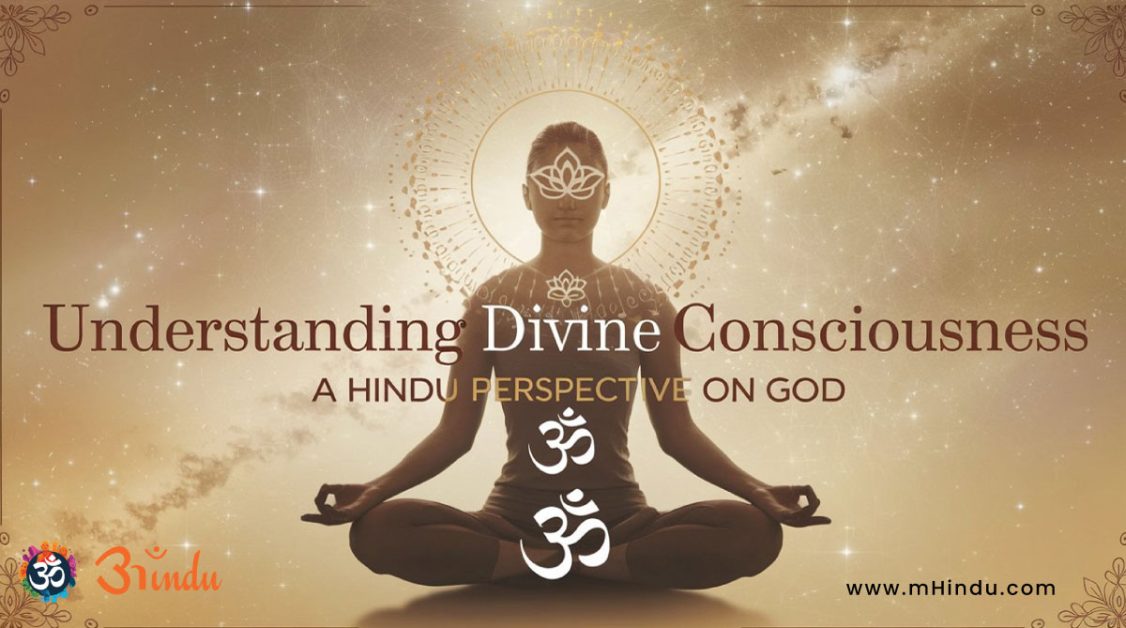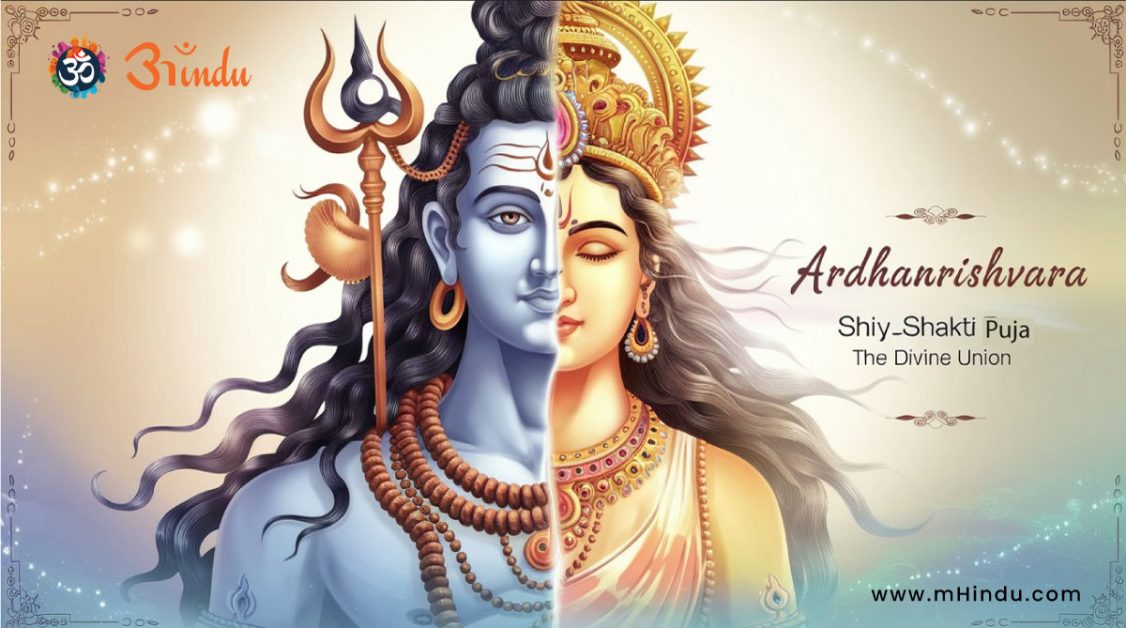
Have you ever felt the need for a moment of true peace, a respite from the constant chatter of daily life? In our fast-paced world, finding that inner sanctuary can seem like an elusive dream. But what if I told you there’s a time-honored practice, deeply rooted in our Sanatan Dharma, that can help you achieve just that? I’m talking about mantra chanting. It’s more than just repeating words; it’s about connecting with the very essence of sound, a vibration that resonates with your soul. Think about it: our ancestors, the rishis and munis, understood the profound power of sound. They knew that a mantra wasn’t just a collection of syllables, but a potent tool for spiritual and mental well-being. This is why our tradition is filled with such wisdom.
What is the Mantra?
In Sanskrit, “Mantra” breaks down into “Mana” (mind) and “Tra” (to protect or free). Essentially, it’s a tool to protect and focus the mind. It’s a sound wave, a vibration, repeated with specific rhythm and pronunciation. You know, just like how a perfectly tuned instrument produces a beautiful melody, a correctly chanted mantra creates a harmonious resonance within us.
Modern science is catching up to what our sages knew all along. They recognize that everything, from the tiniest atom to the vast cosmos, is vibration. And where there’s vibration, there’s sound. So, the universe itself is a symphony of sounds, a complex mix of mantras. Some of these sounds, like “Om,” are considered fundamental, keys to unlocking deeper dimensions of our being.
Benefits of Mantra Chanting
One of the biggest benefits is mental peace and enhanced focus. Think of it this way: when you chant a mantra, you’re essentially giving your mind a singular point of focus. All those scattered thoughts, worries, and anxieties begin to fade into the background. It’s like gently guiding a restless child towards a calming activity.
Science backs this up too. Studies show that regular mantra chanting can increase levels of oxytocin and serotonin, those feel-good hormones that promote peace and contentment. And when you’re mentally healthy, your physical health naturally follows. It’s a holistic approach, a beautiful integration of mind, body, and spirit.
Exploring the Diverse Types of Mantras
Beej Mantras: Activating Energy Centers
You’ve got your Beej mantras, those single-syllable powerhouses like “Om,” “Hreem,” and “Shreem.” These are like seeds that activate specific energy centers in the body.
Vedic Mantras: Invoking Divine Blessings
Then there are Vedic mantras, drawn from our sacred texts, used for worship and invoking the blessings of the deities.
Tantric Mantras: Specialized Spiritual Practices
Tantric mantras, used for specific spiritual practices.
Shanti Mantras: Calming Mind and Environment
Shanti mantras, for calming the mind and environment, like “Om Shanti: Shanti: Shanti:”
The Physical Effects: Vibration and Sound Energy
Resonating with Your Body
And don’t forget the physical effects. Each mantra produces unique sound waves. “Om,” for instance, resonates throughout the body, activating every cell. The Gayatri mantra, another powerful one, is believed to balance brainwaves and sharpen intellect. These vibrations affect our chakras, those energy centers that influence our well-being.
Think of it, you know, like when you hear a song that instantly lifts your mood. That’s the power of sound. Mantras work in a similar way, but on a deeper, more profound level. It’s not just about the words; it’s about the vibration, the energy they carry.
Scientific Insights: Theta Waves and Vocal Science
- Brainwave Patterns: Here’s an interesting fact: Did you know that studies using EEG scans have shown that mantra chanting can induce theta brainwaves? These waves are associated with deep relaxation, meditation, and heightened intuition. It’s like giving your brain a mini-spa treatment.
- Vocal Resonance: Also, by chanting mantra vocal science is also connected. When a person chants a mantra, his sound waves affect the body’s cells and revive them.
How to Practice Mantra Chanting
Finding the Right Environment
First, find a quiet, peaceful place where you won’t be disturbed. The early morning hours, Brahmamuhurta, are considered ideal.
Using a Japa Mala
Use a japa mala, a string of 108 beads, to keep track of your repetitions.
Focus and Rhythm
Focus on correct pronunciation and rhythm. Close your eyes, and let the mantra resonate within you.
Consistency is Key
Consistency is key. Even a few minutes of daily chanting can make a world of difference.
Mantras for Healing: Ancient Wisdom, Modern Relevance
It’s not just about feeling good, though. Mantras have been used for healing for centuries. Our ancient texts, like the Atharvaveda, speak of using mantras to address both physical and mental ailments. It’s about restoring balance, harmony, and well-being.
Nada Yoga: The Yoga of Sound
And then there’s Nada Yoga, the yoga of sound. It teaches us that every sound has an energy, a vibration, that affects our consciousness. When we chant a mantra, we’re tapping into that energy, aligning ourselves with the cosmic vibrations.
Conclusion
So, there you have it. Mantra chanting is more than just a spiritual practice; it’s a powerful tool for mental peace and physical well-being. It’s a way to connect with your inner self, to find peace amidst the chaos of life. Whether you’re seeking mental clarity, stress relief, or spiritual growth, mantra chanting can be a valuable addition to your daily routine. Give it a try, and experience the transformative power of sound for yourself.
FAQs
- What is the best time to chant mantras?
The Brahmamuhurta, between 4-6 am, is considered the most auspicious time. The quiet and peaceful atmosphere during these hours allows for deeper concentration and connection with the divine. However, you can chant mantras at any time that suits you. The important thing is to find a time when you can focus without distractions, ensuring you can truly immerse yourself in the practice and reap its full benefits. - How many times should I repeat a mantra?
Traditionally, mantras are repeated 108 times, using a japa mala. This number holds spiritual significance in Hinduism. However, you can start with a smaller number, such as 11 or 21, and gradually increase it as you become more comfortable. The key is to chant with focus and intention, rather than just mechanically repeating the words, allowing the mantra’s vibration to resonate within you. - Can anyone chant mantras, or are they only for specific people?
Anyone can chant mantras, regardless of their background, religion, or beliefs. The power of mantra lies in its sound and vibration, which can benefit everyone. It is not limited to any specific group or caste. The positive effects of mantra chanting are universal and accessible to all those who seek them. - What are the benefits of chanting the “Om” mantra?
Chanting “Om” creates a vibration that resonates throughout the body, calming the mind and promoting relaxation. It is believed to activate the crown chakra, the energy center located at the top of the head, and connect you with the universal consciousness. It’s also known to reduce stress and anxiety, improve focus, and enhance overall well-being. - How do mantras help with mental health?
Mantras help with mental health by focusing the mind, reducing stress, and promoting relaxation. Regular chanting can increase levels of serotonin and oxytocin, which are natural mood boosters, and decrease cortisol levels, the stress hormone. This leads to a sense of inner peace, emotional stability, and improved mental clarity. - Are there any specific mantras for healing physical ailments?
Yes, there are many mantras associated with healing. For example, the Maha Mrityunjaya mantra is often chanted for physical and mental well-being, promoting longevity and protection from illness. Specific mantras are also associated with healing particular parts of the body or addressing specific health conditions. It is always wise to consult with a qualified practitioner. - What is the significance of using a japa mala while chanting?
A japa mala is a string of 108 beads used to keep track of mantra repetitions. Using a japa mala helps to maintain focus and prevent the mind from wandering during chanting. The act of moving the beads also creates a tactile connection, grounding the practitioner in the present moment and enhancing the meditative experience. - How does mantra chanting relate to Nada Yoga?
Mantra chanting is a key component of Nada Yoga, the yoga of sound. Nada Yoga teaches that all of existence is vibration, and sound is a powerful tool for connecting with the divine. By chanting mantras, practitioners align their internal vibrations with the cosmic vibrations, leading to spiritual awakening and inner harmony.







